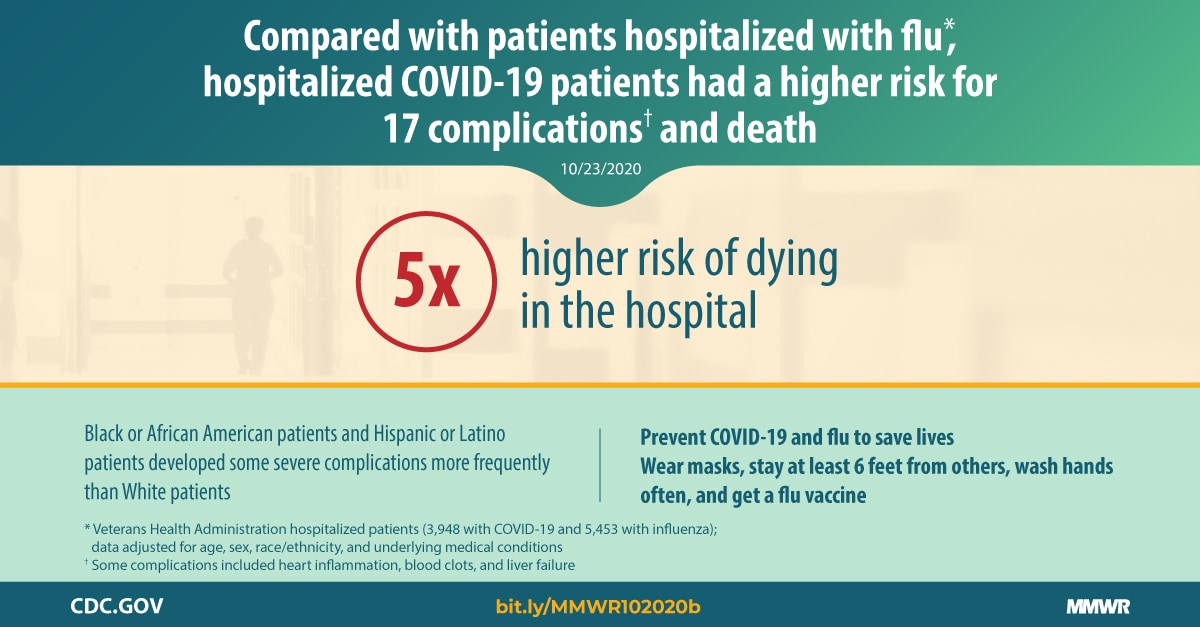

Horwitz and others believe many things have led to the drop in the death rate. "Clearly, there's been something gone on that's improved the risk of individuals who go into these settings with COVID-19," he says. Although the paper does not provide adjusted mortality statistics, his rough estimates are comparable to those Horwitz and her team found in New York. Mateen says drops are clear across ages, underlying conditions and racial groups. The work, which will soon appear in the journal Critical Care Medicine and was released earlier in preprint, shows an unadjusted drop in death rates among hospitalized patients of around 20 percentage points since the worst days of the pandemic. He has conducted his own research of 21,000 hospitalized cases in England, which also found a similarly sharp drop in the death rate. "I would classify this as a silver lining to what has been quite a hard time for many people," says Bilal Mateen, a data science fellow at the Alan Turing Institute in the United Kingdom. The research, an earlier version of which was shared online as a preprint in August, appears in the Journal of Hospital Medicine. They found that death rates dropped for all groups, even older patients by 18 percentage points on average. They adjusted for factors including age and other diseases, such as diabetes, to rule out the possibility that the numbers had dropped only because younger, healthier people were getting diagnosed. To find out, Horwitz and her colleagues looked at more than 5,000 hospitalizations in the NYU Langone Health system between March and August. So have death rates dropped because of improvements in treatments? Or is it because of the change in who's getting sick? "The people who are getting hospitalized now tend to be much younger, tend to have fewer other diseases and tend to be less frail than people who were hospitalized in the early days of the epidemic," Horwitz says. death rate for COVID-19 seems to be dropping, the drop coincides with a change in whom the disease is sickening. Studying changes in death rate is tricky because although the overall U.S. Shots - Health News Advances In ICU Care Are Saving More Patients Who Have COVID-19


"It still has the potential to be very harmful in terms of long-term consequences for many people." And those who recover can suffer complications for months or even longer. The death rate "is still higher than many infectious diseases, including the flu," Horwitz says. That's a big improvement, but 7.6% is still a high risk compared with other diseases, and Horwitz and other researchers caution that COVID-19 remains dangerous. Patients in the study had a 25.6% chance of dying at the start of the pandemic they now have a 7.6% chance. The study, which was of a single health system, finds that mortality has dropped among hospitalized patients by 18 percentage points since the pandemic began. "We find that the death rate has gone down substantially," says Leora Horwitz, a doctor who studies population health at New York University's Grossman School of Medicine and an author on one of the studies, which looked at thousands of patients from March to August. The drop is seen in all groups, including older patients and those with underlying conditions, suggesting that physicians are getting better at helping patients survive their illness. Two new peer-reviewed studies are showing a sharp drop in mortality among hospitalized COVID-19 patients. Here, clinicians care for a patient in July at an El Centro, Calif., hospital. COVID-19 mortality rates are going down, according to studies of two large hospital systems, partly thanks to improvements in treatment.


 0 kommentar(er)
0 kommentar(er)
